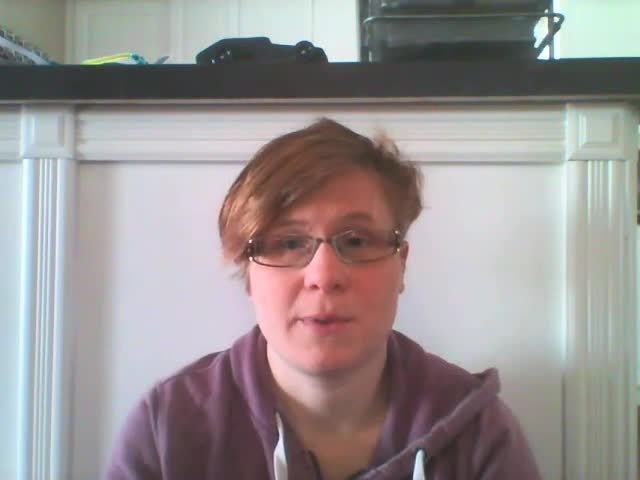First Month Free — use code BTS40. Offer valid for 80 credits plan.Learn More
This class is no longer available, but we found something similar!
160


What’s included

4 live meetings
4 hrs 40 mins in-class hoursClass Experience
Note that this is the Camp version of the Python Graphics I course. Using the very basics of Python and a graphical environment (Processing) students will make several interactive games and activities. The class is hands-on: students will code during class and will have time to complete portions of the assignments during class. The students will work on the same basic project, but will have a variety of options to enhance their games following the class time. Note: there are no pre-requisites for this course, but students should be able to type fluently (recommended 20 wpm) to keep up with the class. Each class is structured as follows: -Introduction/Review - some theory about Python that is needed for the class (for example, if-statements) -Apply theory to the graphical environment with a warm-up activity (for example, making a simple button that can be clicked) -Learn a new graphical concept (for example, interaction with the mouse) -Apply the graphical concept to the project that the group is working on -Work on the main project The topics covered in this first course are: -drawing on the window (rectangles, lines, circles) -RGB colours -animation using variables -interaction using mouse and keyboard (application of if-statements) -timers -integrating artwork into Python The projects are: Interactive Dot-to-Dot (Connect the Dots using your mouse to make a picture) Racing Game (Race your car against your friend's using the keyboard. Don't get zapped by the laser!) Class 1: -set up Processing -introduction to making graphical programs in Processing -coordinates -on-screen text -RGB colours Homework: Finish making your Dot-to-Dot dots on the screen Class 2: -Show and tell Dot-to-Dots -Add interaction to be able to connect the dots with the mouse (magic marker style) -Lines - allow player to connect the dots with the mouse using lines -if-statements introduction Homework: if-statements practice handout Class 3: -Review if-statements -Keyboard interaction -Build basic racer game with finish line Homework: Create artwork for game using pixilart.com Class 4: -Add pictures for racecars -Timers -Add a laser using a timer and reset cars if they hit the laser -Show and tell final race games!
Learning Goals

-Apply previously learned Python concepts to graphical contexts
-Create simple interactive games and activities
-Develop an understanding of what makes games fun or interesting to play
-Create simple digital art for characters in gamesOther Details

Supply List
Each class, students will be provided with handouts to guide their learning, but we will work through these areas together. Students need to use a computer with a full keyboard, not a phone or a tablet. They will need to install Processing, from http://processing.org. Students need to be able to type to complete this take (20 wpm minimum is recommended.)

External Resources
In addition to the Outschool classroom, this class uses:
Meet the teacher
Teacher expertise and credentials
I have taught Computer Science to over a thousand students from K-12, most of whom are beginners, ages 10-16. Having worked through many iterations of similar courses in classrooms in Canada and overseas, I am aware of what students need to get a good foundation in Python. This course is the first of my Making Graphical Games in Python courses.Reviews
Are you planning to use state funding, such as an Education Savings Account (ESA), Micro-grant or scholarship to help pay for your learner’s education?
.jpg?height=124&width=124&quality=80&strip=true&format=jpg)
